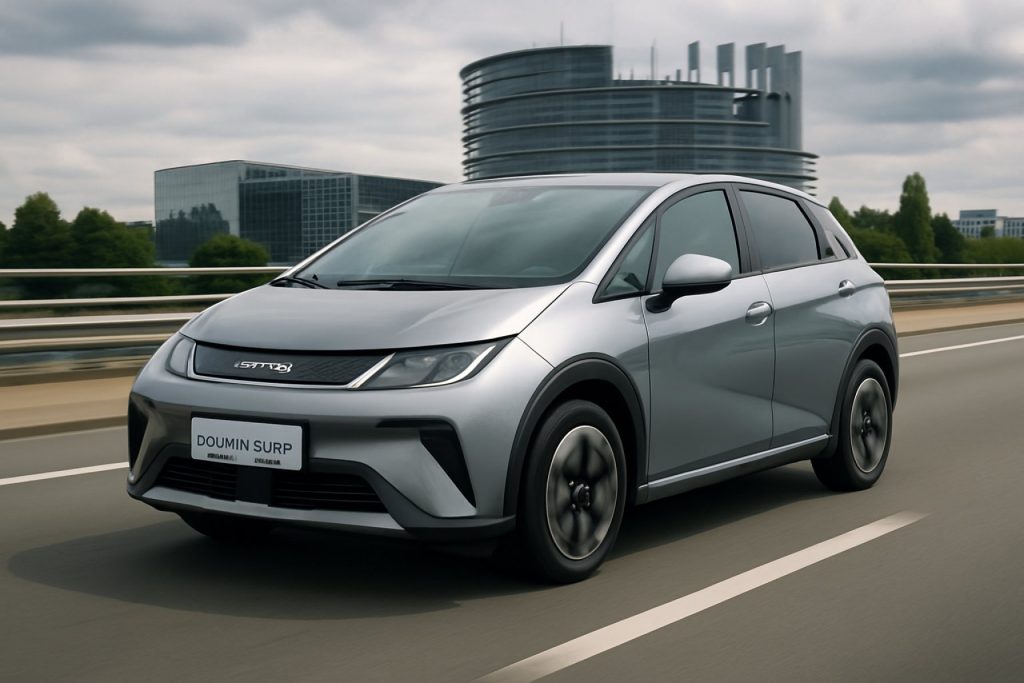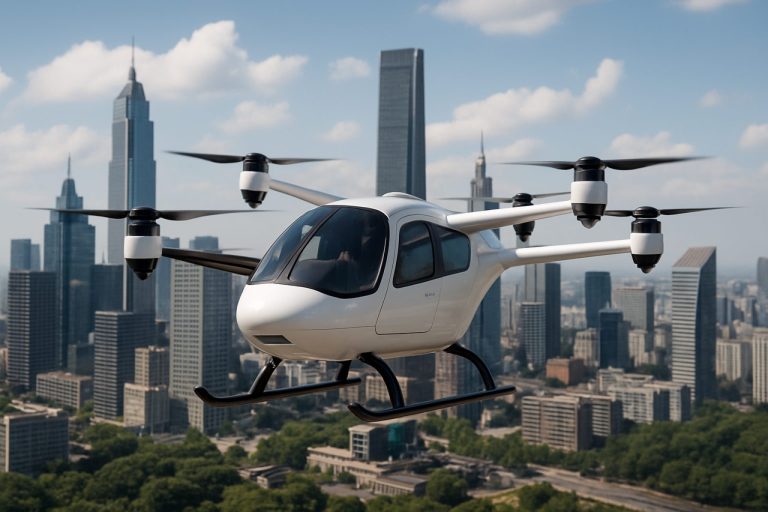
The Shocking Rise of Chinese Electric Cars: Why Europe’s Carmakers Are Sounding the Alarm Over BYD’s Dolphin Surf
Chinese EVs are making waves in Europe as BYD’s affordable Dolphin Surf launches, raising competition and security concerns for 2025 and beyond.
£18,000: Projected price of the BYD Dolphin Surf in the UK, undercutting most Western EVs
1 in 2: Electric vehicles sold globally are now made by Chinese brands
100%: U.S. tariffs placed on Chinese-made EVs in 2024
35.3%: EU’s added tariffs on Chinese EV imports by late 2024
The streets of Europe are about to look very different. Sleek, eye-catching, and ultra-affordable, Chinese electric vehicles—led by BYD’s new Dolphin Surf—are storming the continent’s cities and highways. This isn’t just another flashy car launch. For European automakers and policymakers, it’s a wake-up call that could redefine the entire global industry in 2025.
The Dolphin Surf, the European twin of the wildly popular BYD Seagull, debuts this week at just £18,000. That makes it one of the lowest-priced electric cars on the Western market—underpricing competitors, including many legacy brands. While Dacia and Leapmotor still offer models at slightly lower prices, it’s the Dolphin Surf that’s causing the most anxiety among established players.
Why? Because the company behind it, BYD, has just dethroned Tesla as the world’s top EV maker, selling more battery-powered cars in 2024 than any rival. Their expansion across Europe is being watched with a mixture of awe and nervousness.
Why Is Everyone Talking About Chinese EVs in 2025?
Just two years after landing in Europe, BYD and its peers have ignited fierce competition. Experts point to several reasons:
- Massive state funding and a streamlined supply chain give China a huge price edge.
- Advanced battery technology lets firms scale up faster and cheaper.
- The phasing out of petrol and diesel cars across Europe opened new doors for Chinese brands.
In 2024, Chinese EV makers grabbed 10% of global electric and hybrid sales outside their home country, a share predicted to soar higher as competition intensifies.
What Are Europe and the U.S. Doing to Stop the Chinese EV Surge?
Not everyone views this invasion kindly. Alarm bells rang across the U.S. and Europe last year. The Biden administration responded with a jaw-dropping 100% tariff on Chinese-made electric vehicles, essentially locking them out of the American market. Brussels fired back too, imposing extra tariffs—up to 35.3%—in an effort to slow the influx.
Meanwhile, classic brands like Renault, Volkswagen, and Peugeot are scrambling to catch up. On the assembly lines of northern France, Renault unveiled a futuristic EV “hub” specifically designed to crank out affordable electrics, mimicking China’s efficiency. The iconic Renault 5 E-tech, built on this new blueprint, relies on heritage and cutting-edge automation to woo European drivers.
Can European Carmakers Go Toe-to-Toe with China’s Affordable EVs?
Industry analysts warn that Europe may be months—not years—behind. Chinese upstarts cut costs by up to 25% versus Western rivals. Battery giant BYD, for example, started in mobile phones and now leads global EV tech. European efforts are promising, but Chinese players have already won the battle for price and speed.
Some see the new tariffs as a necessary shock to protect local jobs and innovation. Others call it “naked protectionism.” Either way, the race is on: adapt or risk being wiped out of an EV-dominated marketplace.
Are There Security Risks with Chinese Electric Vehicles?
As cars become rolling computers, security concerns have gained traction. Modern EVs rely on constant connectivity for navigation, over-the-air updates, and integration with drivers’ smartphones. Experts—and even military leaders—warn that these features could be exploited by hackers or even foreign governments.
Earlier this year, British officials reportedly banned Chinese-connected vehicles from certain sensitive installations, just in case vulnerabilities could be used for surveillance or sabotage.
How Can Consumers Choose the Best Electric Car in 2025?
With a dizzying mix of new brands and models, buyers should:
- Compare specs, range, and after-sales support from both established and new entrants.
- Pay attention to software update policies and data privacy statements.
- Look for vehicles with robust cybersecurity guarantees.
- Monitor evolving government incentives or tariffs that might affect affordability or availability.
For more information on electric vehicles, visit BBC or check the latest news at Bloomberg.
What’s Next for the Global Car Industry?
Electric vehicle competition is set to accelerate. Chinese manufacturers are pushing into South America, Southeast Asia, and beyond. Meanwhile, European titans double down on modernization. As regulatory battles escalate, and consumer demand rises for low-cost, green mobility, the winners may be drivers—if security and quality keep pace.
Ready to navigate the EV revolution?
- ✔️ Compare prices and features before buying—don’t just rely on brand names
- ✔️ Stay up to date on new tariffs, incentives, and tech security alerts
- ✔️ Follow trusted news outlets for unbiased electric car reviews
- ✔️ If you’re concerned about cybersecurity, ask your dealer about safeguards
Stay ahead by researching before making your next electric car purchase!



